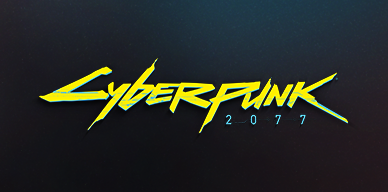I have an issue where the mouse input lags about 0.5 seconds but only when vsync is enabled.
Disabling vsync resolves that issue but screen tearing is awful.
I have also tried to disable vsync in-game and force via the nvidia control panel but screen tearing is still pretty bad.
I have also set movement curves/bonus to zero in game and disabled mouse pointer accuracy in windows but that did not help.
Can anyone help resolve this issue and allow me to play with vsync enabled without the input lag?
Disabling vsync resolves that issue but screen tearing is awful.
I have also tried to disable vsync in-game and force via the nvidia control panel but screen tearing is still pretty bad.
I have also set movement curves/bonus to zero in game and disabled mouse pointer accuracy in windows but that did not help.
Can anyone help resolve this issue and allow me to play with vsync enabled without the input lag?
| System spec: Operating System: Windows 11 Home 64-bit (10.0, Build 22000) (22000.co_release.210604-1628) System Manufacturer: Razer System Model: Blade 15 Advanced Model (Early 2020) - RZ09-033 BIOS: 1.06 (type: UEFI) Processor: Intel(R) Core(TM) i7-10875H CPU @ 2.30GHz (16 CPUs), ~2.3GHz Memory: 16384MB RAM Available OS Memory: 16244MB RAM Card name: Intel(R) UHD Graphics Card name: NVIDIA GeForce RTX 2080 Super with Max-Q Design |



